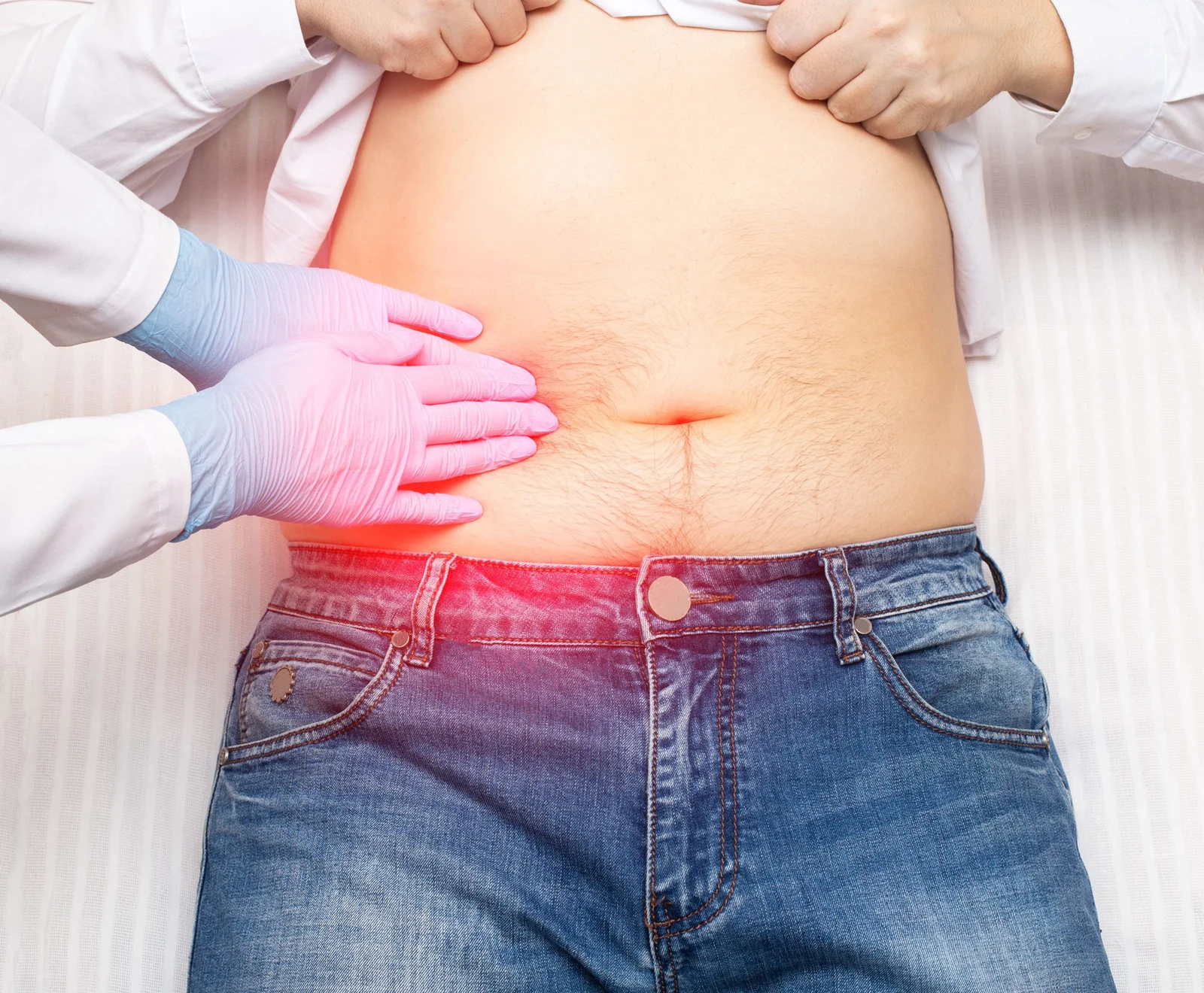
It started after dinner. Sharp pain on the right. I thought it was something I ate. Maybe spoiled chicken. Or heavy pasta. But the pain returned—same spot, same intensity. I hadn’t eaten badly that day. Just toast and fruit. Still, the pain built. Moved upward. Radiated into my back. I sat upright, breathing shallow. It passed after hours. I didn’t think much—until it came again the next week.
I didn’t know gallstones could sit silently for years before showing any signs
The doctor explained that gallstones can stay quiet. No symptoms. No warnings. They form slowly. Fat hardens. Cholesterol crystallizes. Bile thickens. Stones develop without pain. They rest inside the gallbladder—until they don’t. Until one blocks something. Then pain strikes without notice. Mine had probably formed years ago. The symptoms were just late to arrive.
I didn’t expect the pain to feel like something muscular or even cardiac
The first few times, I thought it was muscle strain. I had lifted something heavy. The pressure under my ribs mimicked heartburn. Or angina. One night, I nearly went to the ER thinking heart attack. But it wasn’t heart. It was a stone. Lodged. Irritating. The gallbladder wasn’t inflamed—yet. But it was trying to push against an obstruction it couldn’t clear.
The ultrasound showed stones even though I felt fine that day
The day of my appointment, I had no symptoms. I almost canceled. But the ultrasound technician didn’t need pain to see stones. There they were—round, shadowed, unmistakable. One large. Two smaller. Floating silently. Waiting to cause another episode. I stared at the screen, oddly fascinated. Silent stones now felt like ticking clocks.
They said the gallbladder doesn’t break the stones—it just holds them
I imagined the gallbladder crushed them. Broke them down like teeth. But it doesn’t. It stores bile. Nothing more. When bile becomes sludgy or over-concentrated, stones form. Sometimes small like sand. Sometimes like marbles. They sit. Wait. Then shift. One tiny movement can cause hours of agony. Not because of size—but because of position.
I didn’t know nausea and bloating after meals could also mean stones
Pain was obvious. But other signs crept in slower. A feeling of fullness. Even after small meals. Nausea that didn’t connect to anything I ate. Burping that lingered. Tightness high in the stomach. I thought it was indigestion. Or maybe gluten. But the doctor linked it all. Gallstones don’t just cause pain—they disrupt digestion itself.
Some people live with them forever, but I couldn’t imagine waiting for another attack
I asked about leaving them alone. Some people do. If symptoms vanish, no treatment needed. Watch and wait. But the thought of that pain returning made me tense. The unpredictability was worse than the pain itself. I wanted it resolved. Permanently. That meant surgery. I asked questions. Took notes. Compared options.
They explained that gallbladder removal doesn’t mean digestive problems for everyone
I thought digestion would fail without it. I pictured constant diarrhea. Weak stomach. But that’s not typical. The body adapts. Bile still flows—from the liver directly to the intestine. Just not stored. Smaller meals help. Lower fat helps. But most people return to normal quickly. It wasn’t as extreme as I imagined.
I didn’t know you could have stones without infection but still need surgery
No fever. No jaundice. No high white blood cell count. Just stones and pain. Still, surgery was advised. Before things escalated. Infection could come later. Inflammation. Rupture. Pancreatitis. They weren’t scaring me—they were informing me. Preventive surgery, not emergency. That mattered to me.
The laparoscopic option meant tiny incisions and a quicker recovery than I expected
Three small incisions. One camera. Outpatient. That’s what they offered. No giant scar. No hospital stay. I went home the same day. Rested a week. The worst part wasn’t pain—it was fatigue. My body adjusted faster than I expected. I was walking the next morning. Driving in three days. Back to work in a week.
I was told to avoid fatty foods, but it wasn’t permanent for most people
Immediately after surgery, they suggested light foods. Soups. Toast. Small portions. Avoid grease. Avoid fried things. My digestion felt sensitive at first. But after two months, I ate more freely. Not everything caused issues. I listened to my body. It guided me better than any rule list.
They said complications are rare but possible—stones can even form in the bile ducts
That scared me. I thought stones only stayed in the gallbladder. But sometimes they slip out. Travel into ducts. Cause more trouble. If not caught, they create blockages. Pancreatitis. Jaundice. But with proper scans, surgeons check everything. Remove what’s visible. Leave nothing behind. Still, I asked about it. I needed to know what to watch for post-op.
I wish I’d known how common gallstones are—and how often they’re missed
So many people have them. Millions. Many don’t know. Until the pain begins. Until they land in urgent care. My experience wasn’t rare. But it felt isolating. That’s why I tell people now—don’t ignore that tight pressure under the ribs. Especially after eating. It could be gallstones. And they don’t care how clean you eat.
Source: Gastroenterology in Dubai / Gastroenterology in Abu Dhabi
